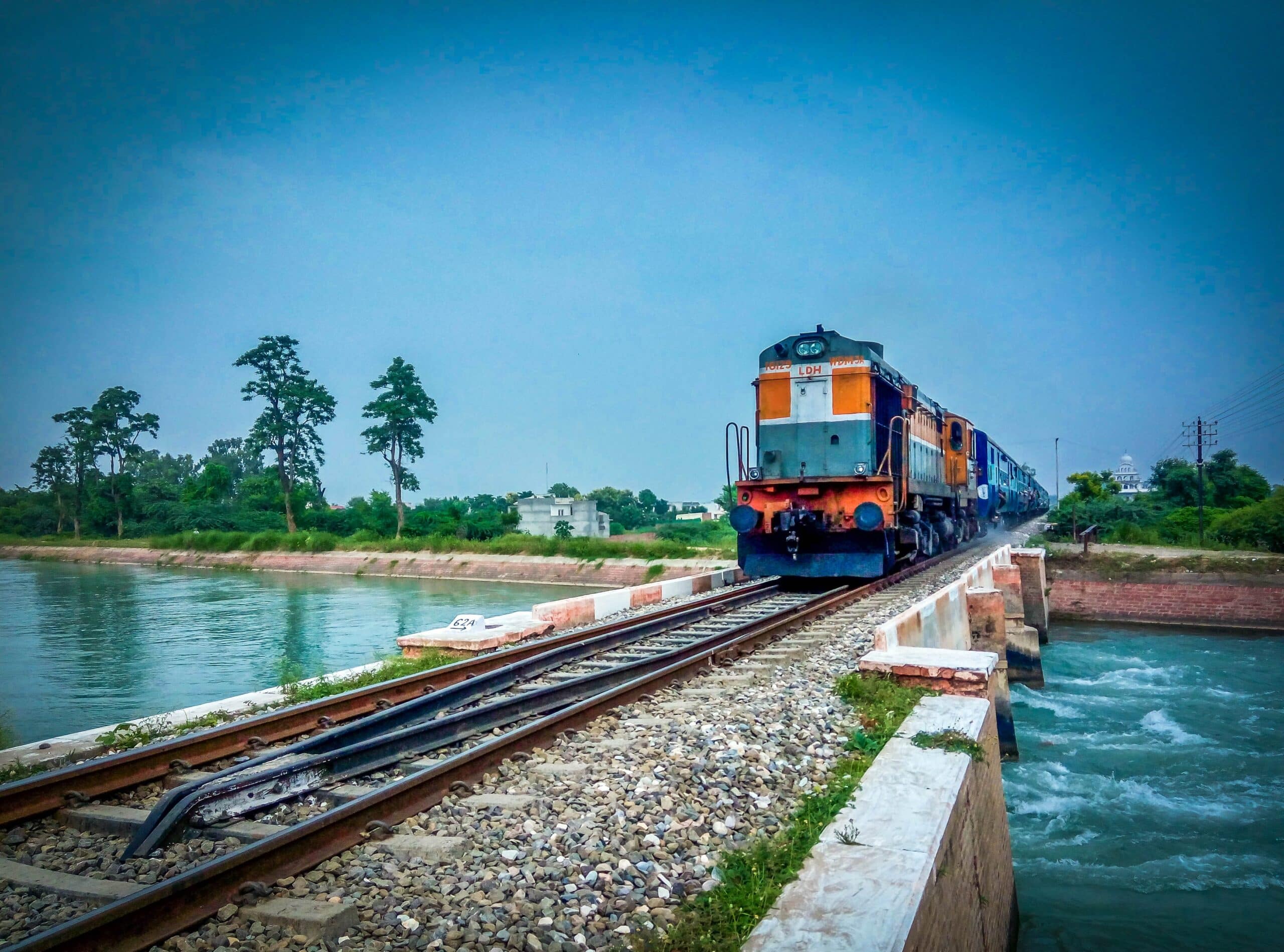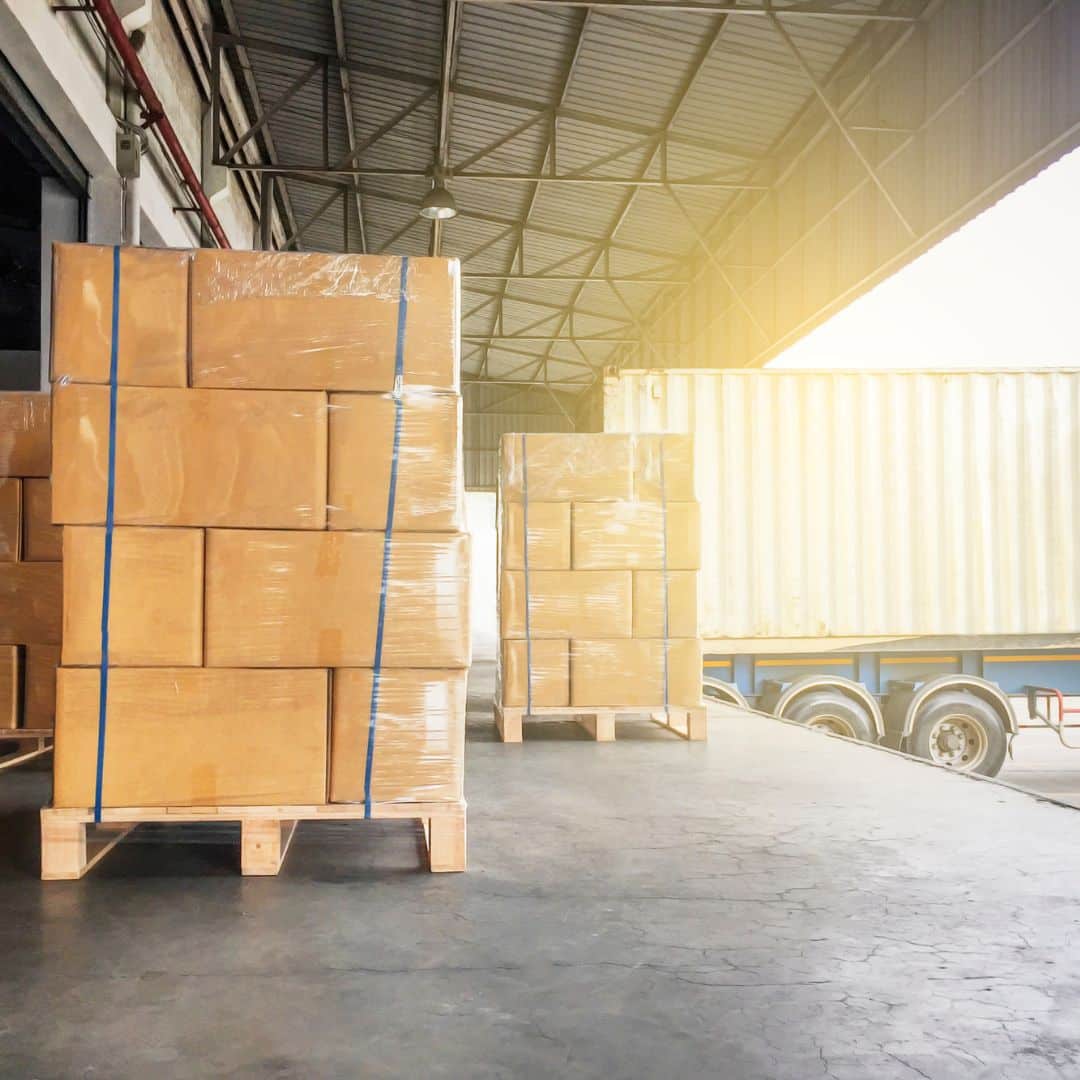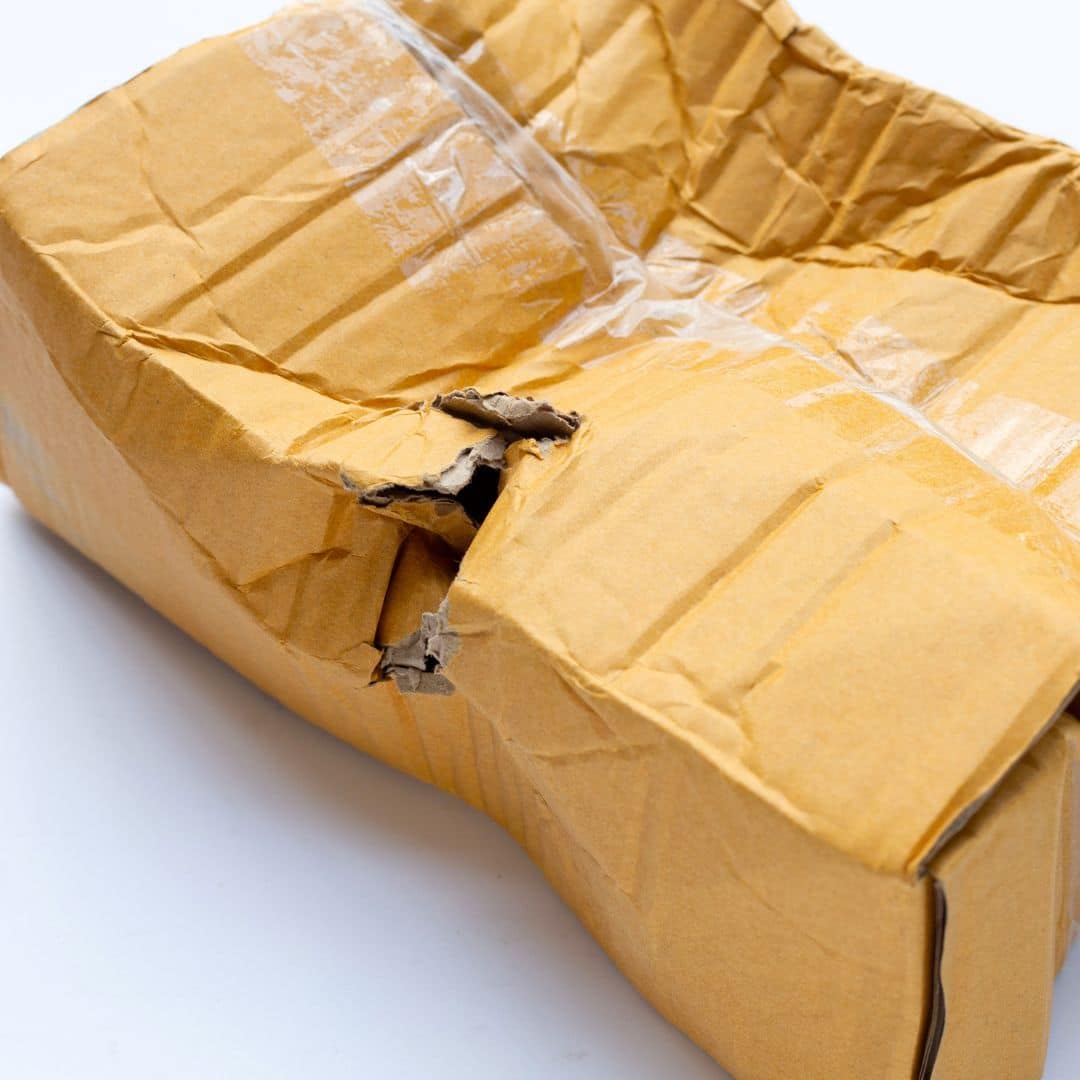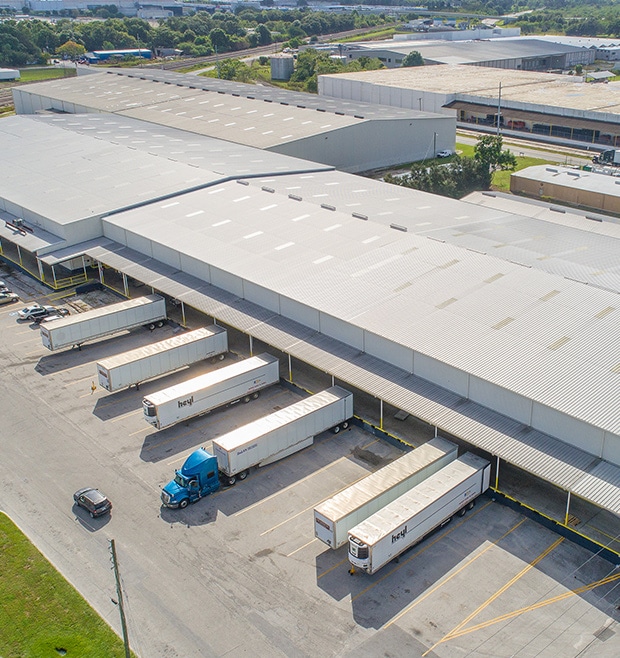Would you describe your supply chain as speedy and productive?
If not, then utilizing cross-dock operations could help your company achieve a competitive advantage within your industry because cross-docking minimizes handling times and maximizes efficiency.
FIND MORE INFORMATION ON OUR BLOG
What Is Cross-Docking?
Essentially, cross-docking removes the “storage” link of the supply chain.
Products are unloaded from a truck or railroad car, sorted, and directly reloaded onto outbound trucks or rail cars to continue their journey. Products going to the same destination can easily be consolidated into fewer transport vehicles. Alternatively, large shipments are broken down into smaller groups for easier delivery. The end result in both scenarios is a leaner, more efficient supply chain.
Pre-Distribution vs. Post-Distribution Cross-Docking
Cross-docking is broken down into 2 basic types: Pre-Distribution and Post-Distribution.
With Pre-Distribution, goods are unloaded, sorted, and repacked according to pre-determined distribution instructions. In other words, the customer is identified before the goods even leave the supplier.
In the Post-Distribution process, sorting is deferred until the proper facility and customers are chosen, based on demand. That means that goods spend a little more time in the distribution or cross-docking facility, but retailers and suppliers benefit from the additional time to make smarter, more informed decisions about where to ship their goods based on in-store inventory, sales forecasts, and point of sale trends.
Cross-Docking Benefits
In one word: consolidation.
Overall, there are several benefits to incorporating cross-docking into your retail supply chain.
- Reduced inventory costs: minimizes the need for warehouse space.
- Improved delivery times: optimizes the supply chain.
- Increased accuracy: eliminates the need for manual handling.
- Better responsiveness: the ability to rapidly respond to changes in demand through real-time tracking.
- Increased sustainability: reduces the number of required shipments, and reduces transportation costs and emissions.
Because products are spending less (or no) time in the warehouse, inventory handling, and storage costs are greatly reduced.
Additionally, goods typically reach their final destination (e.g., the customer) much faster, giving the retailer a competitive edge.
Minimal Handling Equals Less Damage
Nobody wants to receive a complaint from a customer regarding the receipt of a damaged product. When this does happen, it is often due to the number of times a product is handled in the shipping process.
Less-than-load (LTL) shipments are utilized by many companies because sending out full truckloads of products is not possible or cost-effective. This means that your product ends up going through multiple shipping facilities before it arrives at its final destination.
Using a cross-docking operation allows your product to go through a minimal number of locations before arriving at the final destination. This equates to a smaller likelihood that any damage will occur.
REQUEST A QUOTE TODAY!
Consider Incorporating CWI Logistics Into Your Supply Chain
Usually, goods that are most conducive to cross-docking are those that are in stable, consistent demand—usually high-volume and fast-moving products.
A 3PL partner like CWI Logistics, however, has the ability and experience to handle oversized or complex items in multiple temperature environments, greatly expanding the services that a typical cross-docking operation can provide.
CWI’s cross-docking operations service all of Florida. If you’d like to reduce your inventory, streamline distribution, or reduce your overall supply chain costs, give us a call today.





